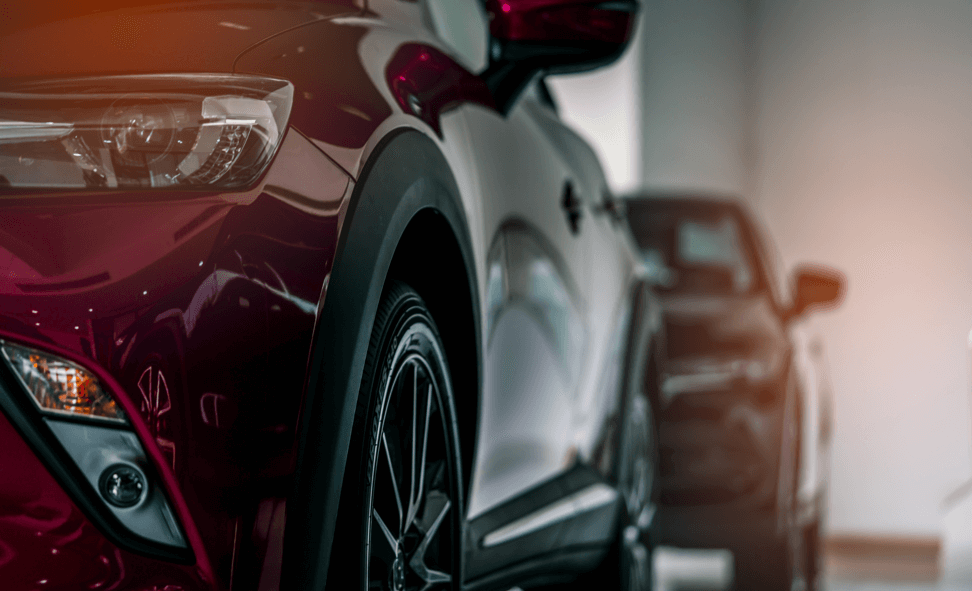
Many different vehicles, including the Toyota Highlander, Ford Explorer, and Jeep Grand Cherokee, are referred to as SUVs. But how do you know if the vehicle you want is a true SUV or a crossover? Here, we will provide a rundown of the differences between SUVs vs. crossovers to help make buying a car easier for you and your family.
Sport utility vehicles or SUVs are built on top of a truck chassis and feature a body-on-frame design. On the other hand, a crossover is based on the same platform as a car, with a unibody architecture that combines the body and frame. Both sections are built separately and assembled later in the production process. The body-on-frame type of construction was the first method used to build automobiles; it was used to build the Ford Model T and continued to be used as a cost-effective option for mounting different body styles on standard frames.
Although the term SUV is often applied to any larger high-clearance, all-wheel-drive vehicle, there are distinct differences and advantages to consider.
SUV Benefits
The truck-based construction of an SUV contributes to its ruggedness. An SUV typically has more cargo room and a more powerful engine than a crossover, allowing it to haul a trailer or boat. The largest ones can come close to the towing capacity of full-size pickup trucks. Buyers also often choose SUVs for their high driving position. Popular options include four-wheel drive and low-range gearing to support snowy conditions or off-road conditions. An SUV is often preferred by drivers who live in traditionally colder, snowier climates and who are accustomed to a workhorse capable of hauling heavy items.
True SUVs include the Jeep Wrangler, Chevrolet Tahoe, GMC Yukon, Toyota Sequoia, and Ford Expedition.
Crossover Benefits
A crossover vehicle has a unibody frame similar to a car. Front-wheel drive is typically standard, but all-wheel drive options may be available and can help maintain steering performance in wet or icy conditions, adding to the vehicle’s safety. Many crossovers feature traction that’s equally split between the front and rear wheels, with electronic systems to supply additional torque to either axle to mitigate wheel skidding. Compared to SUVs, crossovers have reduced towing capacity and are not suited for off-road driving, but have fuel-efficient four-cylinder engines; however, optional turbocharged four-cylinder and V6 engines may be available depending on the make and model.
The Jeep Cherokee, Ford Explorer, Toyota Highlander, Nissan Murano, and Honda CR-V are examples of crossover vehicles.
Finding the Best Automobile for You
Both SUVs and crossovers have disadvantages. While a crossover doesn’t handle heavy towing or off-road driving, an SUV can be awkward to drive in urban areas. Parallel parking can be a challenge. Fuel economy is also an issue, as may be higher prices. The best car for you depends on your budget, preferences, and the performance you expect out of the vehicle.
Shop Used Cars Near You at CarWorld
At CarWorld, we stock the most popular used SUVs and crossovers so you can find a vehicle that suits all your wants and needs. We offer fast approval and aggressive financing. Therefore, you can drive away the same day, in a vehicle that has been carefully inspected. To learn more about our inventory, financing options, and major brands we sell at our buy here, pay here dealership, call 833-219-9951 or visit our Hawthorn, CA, store today.